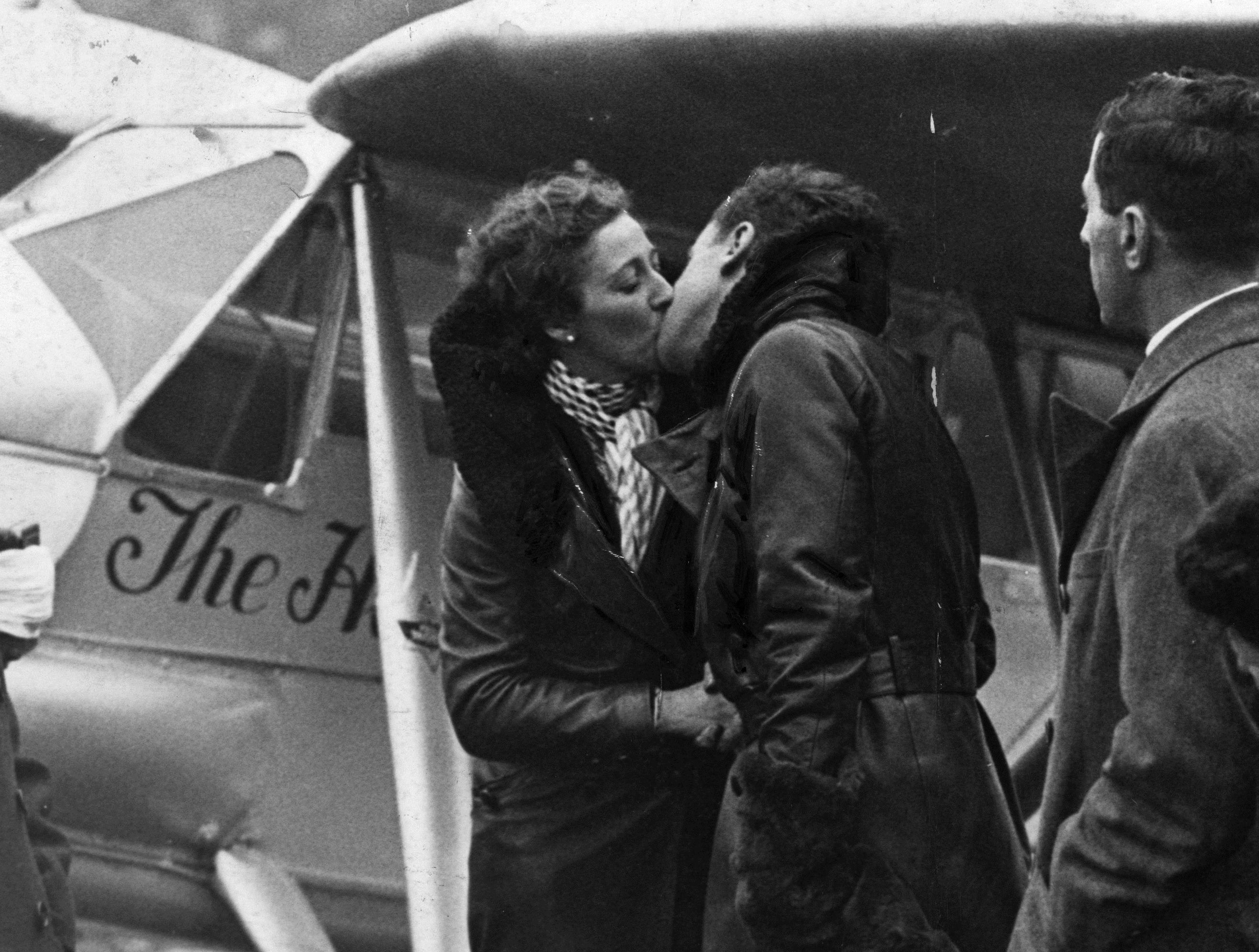
From the daredevils who risked all to make Everest’s conquest possible to the hot Scots who were the Posh and Becks of their day.
And even the plane-mad enthusiast who spent a decade-and-a-half building his own amazing aircraft in his Lanarkshire living room.
These and countless more amazing tales will be shared this month when the National Museum of Flight unveils its brave new world.
Two historic Second World War hangars at the East Fortune airfield have been saved as part of a £3.6 million revamp, with state-of-the-art facilities and technology.
The Everest pioneers were the Duke of Hamilton and David McIntyre who went on to found Scottish Aviation.
Just before, though, in 1933, the duo were at the controls of two Westland aircraft that soared higher than most thought possible.
“At the time many people weren’t even sure it was possible to get above Everest’s 29,000 feet,” said aviation curator Ian Brown.
“They only just managed to squeeze over the top.
“It’s hard to imagine how they did it in these old open-cockpit planes.
“It really was Boys Own stuff.
“They also photographed the mountain as they flew as there weren’t any accurate maps.
“The maps produced from their flight were used by Hillary and Tensing 21 years later.”
A model of one of the aircraft features in the new hangars.
In the early days of aviation the spirit of adventure was all and no one epitomised that more than Glasgow-born Jim Mollison and his wife Amy Johnson.
Big-name flyers in their own right, their fame rocketed further when he proposed, mid-air, only hours after meeting her.
When they wed in 1932 they were dubbed “the flying sweethearts”.
Said Ian: “That era is often described as the golden age of aviation. Most people had never flown, so the achievements of Jim and Amy were viewed like they’d gone to the moon.
“Amy flew solo to Australia and Jim was the first man to fly across the South Atlantic and also the first to cross the Atlantic east to west.
“They were massive celebrities, like Posh and Becks. Photographers followed them everywhere.”
One of the type of aircraft, a de Havilland Puss Moth, flown by the glamorous couple will be on show, as will the Druine Turbulent, built by Airdrie man John Sharp.
It took him 14 years and by the time he’d completed it in 1974 he’d moved home, checking the measurements of the windows at the new house to make sure he’d be able to get it out.
Also on show are the remains of a Spartan Cruiser, operated by Northern & Scottish Airways from Glasgow Airport in the 1930s.
In the days before TV, DVDS and movie downloads, cinemas provided much of the nation’s entertainment.
The plane used to deliver films to the remote Campbeltown Cinema, until disaster struck.
“It was taking a copy of Edward G Robinson’s film Bullets Or Ballots but it hit bad weather,” explained Ian.
“It turned back but the storm was so bad they pancaked into a hillside near Largs. Fortunately neither the pilot nor the radio operator were hurt. It did mean, though, that the locals didn’t get their film that week.”
Ian’s hope is that the expanded display will help to put Scotland’s place in aviation history on the map.
“For a small country we’ve had a great history of innovation and engineering but our aviation tends to get forgotten,” he added.
“We were there right at the beginning and that continues to the present day.”
The new hangars will open on March 25.
READ MORE
Spitfire returns to the skies to mark 80th anniversary of first flight
In pictures: Flying Scotsman makes first journey after restoration

Enjoy the convenience of having The Sunday Post delivered as a digital ePaper straight to your smartphone, tablet or computer.
Subscribe for only £5.49 a month and enjoy all the benefits of the printed paper as a digital replica.
Subscribe